Preparing For Japan’s Yukata Season
For Firework Festivals And Matsuri With Friends
It's summer again, and both the heat and a desire for stylishness make tossing on a yukata and going to a festival an appealing way to spend the weekend. But there's more to this casual kimono than meets the eye.
Yukata date back as far as the 700s in Japan, evolving over time from bathrobes to everyday wear for the merchant class to the special occasion summer garments they are today. Yukata are most often thought of as cotton kimono, but they can be made from a variety of materials including cotton, silk and the increasingly popular polyester.
Their dressiness (and price) varies too. They can come with different details like weaves to create textured effects, designs created with dyes or prints, and varying qualities of materials. While there are ways to dress up a yukata, think of a yukata like a t-shirt and jeans: fine for a fireworks festival or a matsuri with friends, but not appropriate for dinner at a fancy restaurant.
There are a number of elements to a yukata. First, the essentials:
The yukata: that is, the robe itself. Most often made out of cotton and printed or painted with various patterns.
The obi: the wide belt. This can be purchased with or separate from the yukata, depending on where you’re shopping. Style-wise, you can pair any obi with any yukata as long as you like how it looks. Same-color or muted yukata and obi are popular for older adults, while kids, teenagers, and 20-somethings like brighter colors and busier patterns.
The hidden but still integral elements:
The obi-ita: a stiff board that you slide underneath your obi. This helps the obi retain its smooth, flat shape and avoid wrinkles. In a pinch you can use a piece of thin cardboard or poster board.
The koshi-himo: two soft cloth sashes that you tie around the yukata, underneath the obi, to secure the robe in place.
And finally, the accent pieces:
Geta: wood clog sandals. If you’ll be on your feet and walking around, it’s worth investing in a good, comfortable pair. Cheap geta can slip under your heel or start to cut at the inside of your toes, so upgrades are a lifesaver.
Obi-dome and obi-jime: a small charm threaded through a decorative string tied around the center of the obi, respectively. These aren’t required but give your outfit a little extra style.
Kinchaku: a fabric drawstring bag. Sometimes these are made from the same cloth as the yukata. More formal kinchaku are put inside woven bamboo baskets with handles.
Uchiwa and sensu: The uchiwa is a round-ish fan on a handle, and the sensu is a folding fan. Like any accessory, these should complement your outfit.
In addition to the yukata, there’s also the option of a jinbei, which is standard for children and men and becoming popular with teenage girls and young women. Jinbei involve a short-sleeved robe shirt and short pants, and are made out of cool, light fabric.
You can find yukata at a variety of department stores. We personally recommend the Ginza and Yurakucho area, which has a number of shops in easy walking distance so you can browse all your options. For big-budget yukata shoppers, we recommend Matsuya, where staff can help you mix and match your robe with your obi and accessories. Or if you’d like a matched set at a lower price point, Marui sells yukata and obi packages, sometimes with the obi bow pre-tied.
Two child-friendly jinbei spots are Isamiya, which also includes a play area, and Akachanhonpo. Tansuya is a second-hand yukata chain with a branch nearby. When shopping, keep in mind that yukata come in different lengths depending on your height. The shop staff can help you find the yukata that best fits you.
Many higher-end stores offer free yukata dressing services before big festivals or events, and will help you put your yukata on if you purchase it from them. If you’d like to try doing it yourself, you can follow the instructions in the videos here. Just be sure to leave yourself enough time before you have to be out the door, as it can take some practice!
We recommend washing your yukata after each wear, as by nature they get sweaty. Some yukata are machine washable, but high-quality yukata should be taken to the dry cleaner for proper care and folding.
This article by WaNavi Japan’s Jordan Wyndelts was originally published in July 2014 and updated on June 29, 2021, with the latest details.

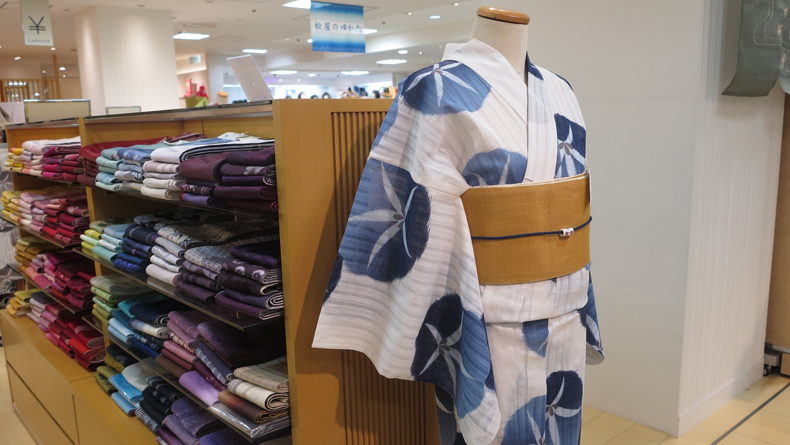
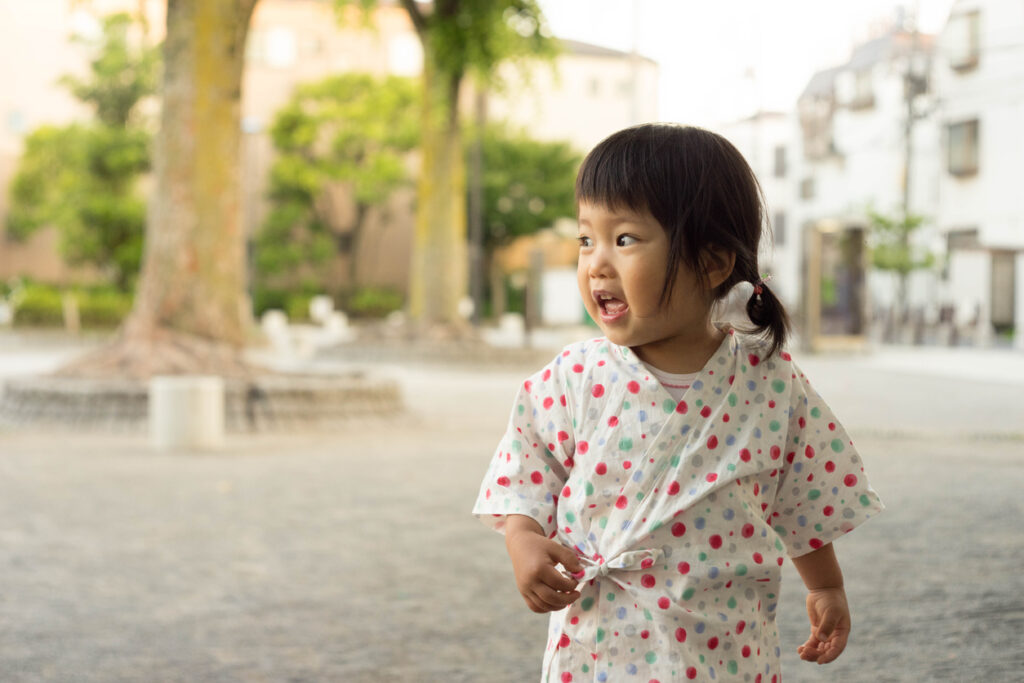
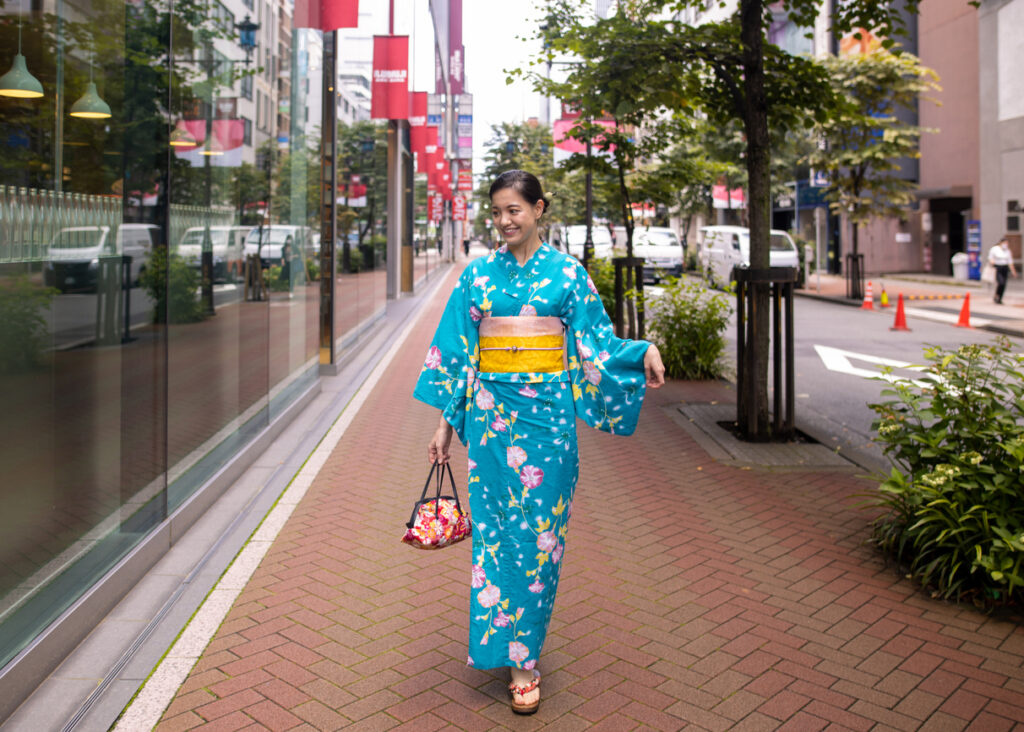
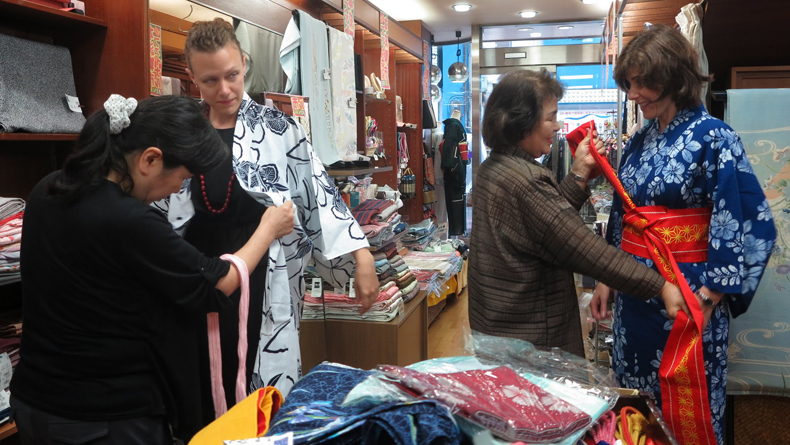











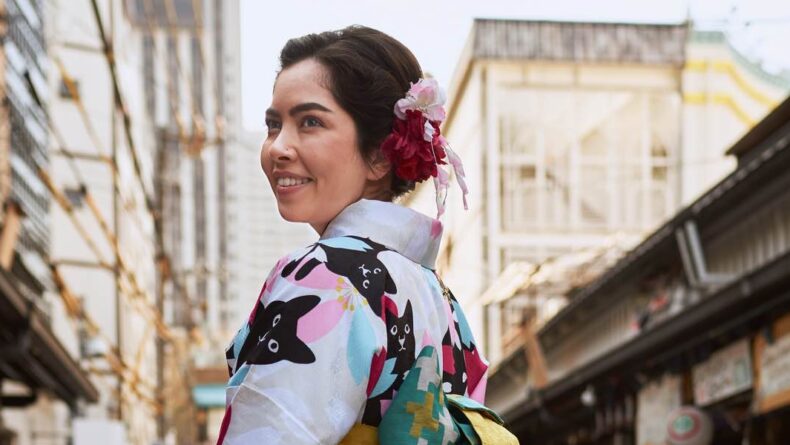
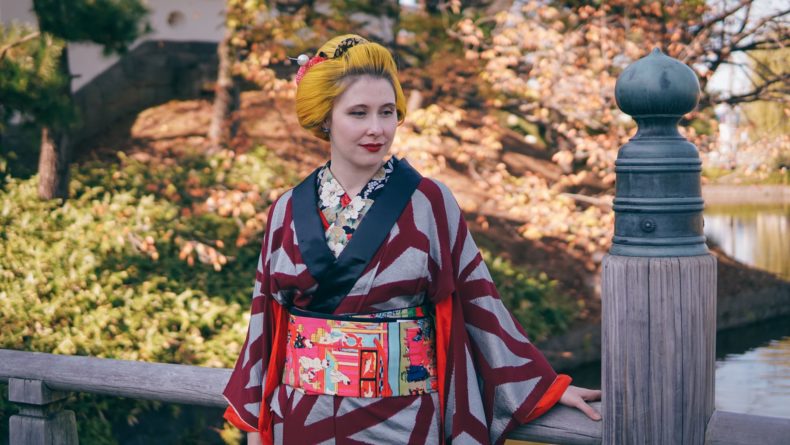
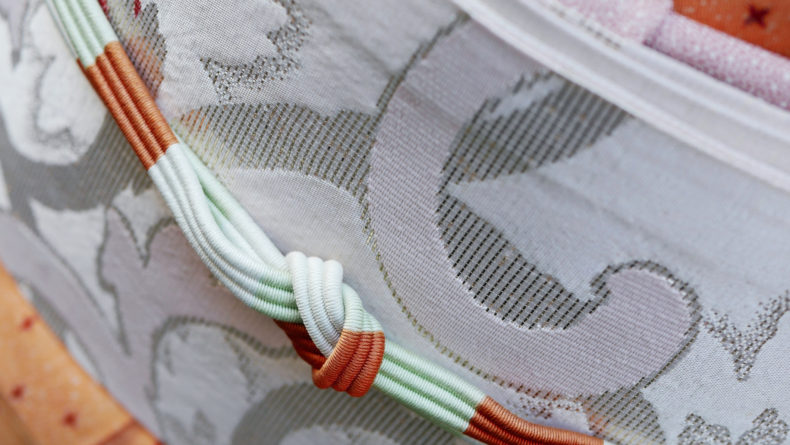
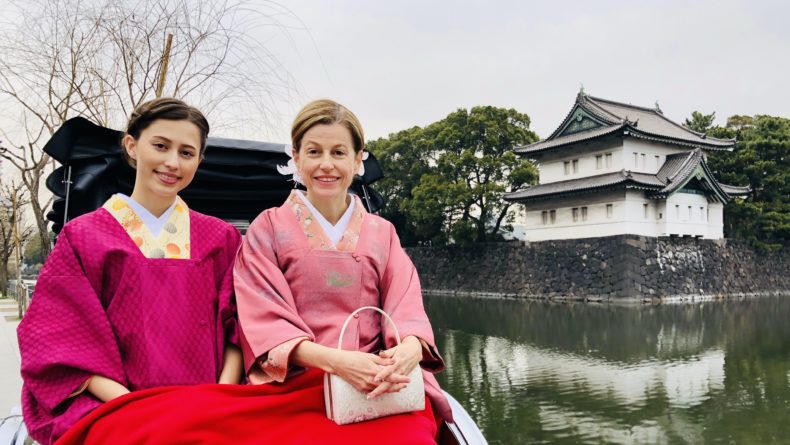
Leave a Reply